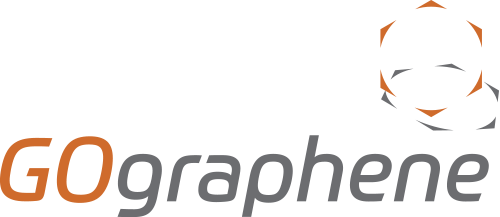What is the difference between GOgraphene’s Powder and Flake?
William Blythe currently offer two different solid forms of graphene oxide through the GOgraphene webshop; a powder and a flake.
Both products are formed from the aqueous dispersions of graphene oxide manufactured at William Blythe Ltd, and both products meet the same rigorous quality standards as all William Blythe products. We are often asked if there is any difference between these two products, and if so what those differences are. The simple answer to these questions is that while they are different, the differences allow the user to pick the product most suitable for their work rather than one being better than the other.
The flake and the powder are different products because of the drying technique used to produce them, which in turn leads to differences in the properties of the materials. GOgraphene’s graphene oxide powder is best described as a fine brown dust, which will disperse easily with minimal energy input. GOgraphene’s graphene oxide flake is visually different – the flakes are dark brown-amber discs with a diameter of 0.3-0.7 cm. Our graphene oxide flake has been specifically developed to allow researchers who cannot handle dusty solids to work with graphene oxide in non-aqueous systems.
The difference in physical form of these two materials affects the dispersibility of the products. The powder has a higher surface area by definition, this means it is easier to disperse. The flake can be considered as compacted graphene oxide layers; which water molecules need to intercalate between in order to form a dispersion. According to the work carried out by the GOgraphene team, there is no difference in the dispersion stability based on the solid form used. The difference lies in the ease of dispersion; where our graphene oxide powder can be dispersed with a very mild energy input, the flake requires higher energy sonication. For labs which are not equipped with this facility, the powder is undoubtedly the more appropriate option.
To summarise, our graphene oxide flake and freeze dried powder are different products, neither of which are better than the other in all applications. They are complementary products which find purpose in different research programmes. If you would like to speak to a team member regarding which product is more suitable for your work, we would be more than happy to discuss your research.


